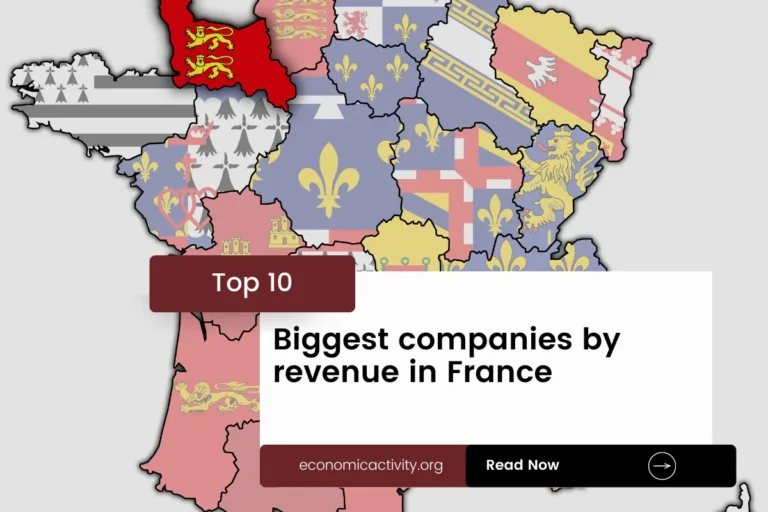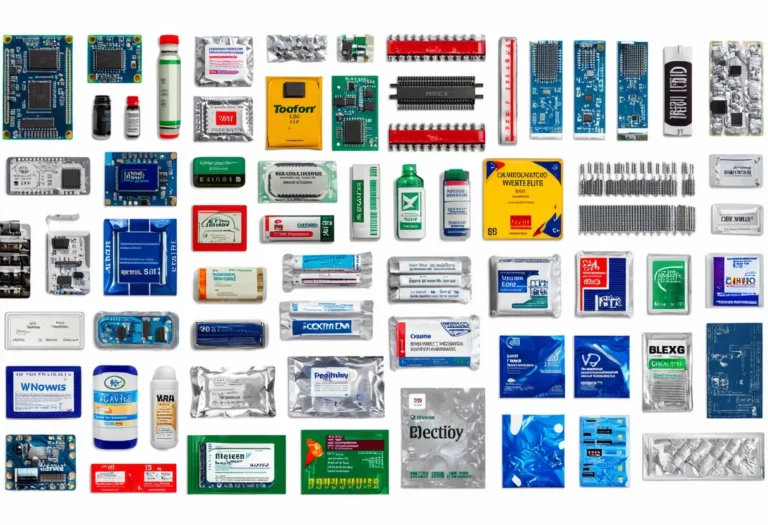Brazil, with a population of 215,313,498, is the 7th most populous country in the world, just behind Nigeria. Located in South America, it covers a total area of 8,515,770 square kilometers, ranking 5th globally, right below China.
Brazil’s economic position in 2022 is strong, with a GDP of $1,920,095,779,022.73, ranking it 11th globally. It follows Italy, with a GDP of $2,049,737,165,407.98. In terms of GDP per capita, Brazil ranks 80th with $8,917.67.
It is surpassed by Serbia, with a GDP per capita of $9,537.68. Despite facing challenges, Brazil’s diverse economy and natural resources continue to drive its economic growth and development.
What are the economic activities of Brazil?
- Primary activities: 6.6% of GDP.
- Secondary activities: 20.7% of GDP.
- Tertiary activities: 72.7% of GDP.

Primary Sector of Brazil
Brazil’s primary sector, with 28.64% agricultural land, thrives due to its diverse climate and abundant natural resources. Major products include sugarcane, soybeans, maize, milk, cassava, oranges, chicken, rice, beef, and wheat.
Agriculture contributes 6.6% to the GDP, featuring a variety of crops and animal products crucial to the sector’s vitality and the country’s economy.
With its vast geological diversity, the primary sector thrives in Brazil, abundant in resources like iron ore, bauxite, gold, and hydropower. These resources drive the economy, supporting industries from mining to energy production and contributing significantly to the country’s economic growth.
In addition to its diverse resources, Brazil is a major player in the global oil market, ranking 5th in oil production with around 2.9 million barrels per day. The country’s substantial oil reserves of 16.2 billion barrels account for 0.81% of the world’s total reserves, further solidifying its position as a key player in the oil economic activity.
Brazil’s gas economic activity production continues to grow, with 20,410 million m³ produced in 2020, ranking 33rd globally.
Secondary Sector of Brazil
What is the secondary sector or what are secondary activities?
The secondary sector involves industries that transform raw materials from primary activities into finished products for consumption. In Brazil, industrial products include textiles, shoes, chemicals, cement, lumber, iron ore, tin, steel, aircraft, motor vehicles and parts, as well as other machinery and equipment.
Manufactures in Brazil’s total exports are relatively less significant, comprising only 24.09% in 2023, indicating a diversified export portfolio.
Tertiary sector of Brazil
What is the tertiary sector or what are tertiary activities?
The tertiary sector in Brazil encompasses a wide range of services where individuals provide knowledge and time to enhance productivity and meet various needs. This sector includes intangible goods like advice, expertise, and attention, catering to both consumers and businesses. Some of the key tertiary activities in Brazil are healthcare and medical care, education and training, banking and finance, communication and information exchange, tourism and hospitality, transportation and logistics, and media production and distribution. These activities play a significant role in driving the country’s economy and meeting the diverse needs of its population.
Highlighting these, Brazil’s tourism industry plays a vital role in its economy, contributing significantly to GDP and employment. With 6,353,000 annual arrivals, popular destinations like Rio de Janeiro with its iconic Christ the Redeemer statue and the Amazon rainforest attract visitors worldwide. Tourism accounts for 0.0295 arrivals per capita, highlighting its importance.
Another example of tertiary economic activity is the mobile cellular sector, with approximately 213 million subscriptions, nearly matching the population. This extensive connectivity fosters technological innovation and supports digital services.
Military Activities and Economic Sectors of Brazil
The military is a key part of many economic activities in Brazil. It involves the primary sector, like resource extraction for military use, and the secondary sector, which includes manufacturing military equipment. The tertiary sector covers services provided by the military, while the quaternary sector focuses on military research and development. Lastly, the quinary sector deals with high-level military decision-making and strategy.
In 2023, Brazil’s military expenditure was $22,887.5 million, which is 1.05% of its GDP. The active military force consists of 366,500 personnel, resulting in about 9.6 active military members for every 1,000 people in the country.
Biggest company in Brazil
Which is the biggest company in Brazil? The largest company is Petrobras, with a market value of $83.98 billion. It operates in the energy industry, focusing on oil and gas production. Petrobras was founded in 1953 and plays a vital role in Brazil’s economy.
International Trade of Brazil
Import Activities of Brazil

Brazil’s import activities are of high importance, with total imports in 2023 reaching 2.5271 quadrillion and accounting for 19.29% of the country’s GDP.
Brazil’s import activities are significant, with key partners like China, the US, Germany, Argentina, and India. The country mainly imports refined petroleum, fertilizers, vehicle parts, crude petroleum, and pesticides.
Exports Activities of Brazil

In 2023, Brazil’s total exports reached $339.7 trillion, constituting 20.05% of its GDP. This signifies a medium level of importance, highlighting the country’s significant reliance on export activities for economic growth and stability.
Brazil’s export activities are diverse, with top partners including China, the US, Argentina, the Netherlands, and Spain. Key export commodities are soybeans, crude petroleum, iron ore, refined petroleum, and corn.
Brazil economy challenges in 2024
Brazil, with a population of 215,313,498, faces challenges in 2024. The country is recovering from a recession and dealing with the impact of COVID-19. Its industrial growth is hindered by deforestation in the Amazon. Despite new reforms, income inequality remains high. Brazil’s shift from UNASUR to PROSUR reflects its evolving global stance.




Leave a Reply